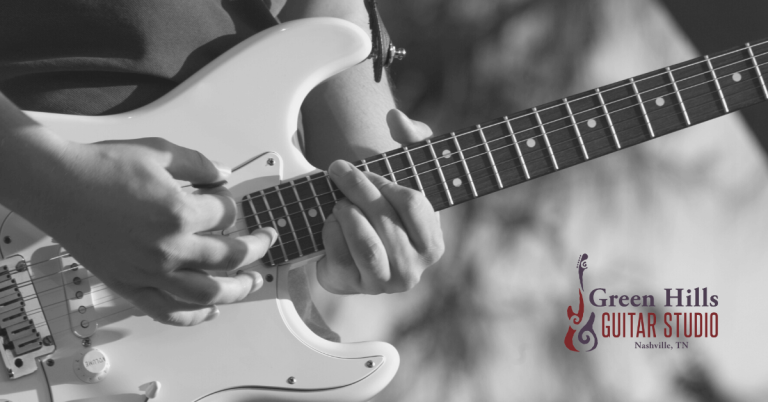Acoustic vs Electric Guitar for Beginners
Choosing your first guitar can feel exciting and overwhelming at the same time. With so many shapes, styles, and sounds to explore, one of the biggest early decisions you will face is acoustic vs. electric guitar. Each has its own advantages, challenges, and unique feel, and the best choice for you will depend on your goals, musical taste, and comfort as a beginner.
In this guide, we will compare both options in detail so you can make a confident beginner guitar choice—whether it’s for yourself, your child, or someone else starting the journey.
Understanding the Basics
Before we compare, let’s clarify what makes acoustic and electric guitars different.
- Acoustic guitar: Produces sound naturally through its hollow wooden body. No amplifier needed. Great for unplugged playing and singer-songwriter styles.
- Electric guitar: Uses pickups to convert string vibrations into electrical signals, which are then amplified. Known for versatility in genres like rock, blues, metal, and funk.
Reasons to Start on Acoustic Guitar
1. Simplicity and Portability
An acoustic guitar is ready to play right out of the case. There is no need for an amp, cables, or effects pedals, which makes it perfect for practice anywhere.
2. Building Finger Strength Early
The slightly higher string tension and thicker gauge strings can help build finger strength and calluses faster. This can make transitioning to other guitar types easier later.
3. Perfect for Songwriting and Sing-Alongs
If you enjoy folk, country, or pop music, or if you want to accompany singing, the acoustic guitar is a natural fit.
4. Lower Initial Investment
While there are premium acoustics, entry-level models can be affordable, and you do not have to buy an amplifier right away.
Reasons to Start on Electric Guitar
1. Easier on the Fingers
Electric guitars generally have lighter strings and lower action (string height), making them more comfortable for beginners—especially kids.
2. Wide Range of Sounds
With effects pedals, amp settings, and pickup configurations, electric guitars can produce an enormous variety of tones.
3. Ideal for Certain Genres
If you want to play rock, blues, jazz, or metal, starting with electric lets you dive into your preferred style immediately.
4. Quieter Practice Options
Plugging into an amp with a headphone output allows for quiet practice without disturbing others.
Comparing Learning Curves
- Acoustic Learning Curve: Offers a “no-frills” path to fundamentals. You focus on chords, rhythm, and tone without worrying about gear. However, the physical challenge can initially be higher due to string tension.
- Electric Learning Curve: Often more forgiving physically, which can help beginners play longer without discomfort. On the other hand, gear setup and tone control add complexity.
What About Kids Learning Guitar?
When considering guitar lessons for kids, comfort is key. Smaller hands may find an electric guitar’s thinner neck and lighter strings easier. However, a 3/4-size acoustic guitar can be an excellent choice for younger beginners interested in simple, sing-along style playing.
Tips for Kids’ First Guitar:
- Choose the right size (1/2, 3/4, or full size, depending on age and height).
- Consider weight: electric guitars can be heavier.
- Focus on music they enjoy—it keeps motivation high.
Side-by-Side Comparison Table
| Feature | Acoustic Guitar | Electric Guitar |
|---|---|---|
| Setup | No amp or cables needed | Requires amp and cable |
| Portability | Very portable | Less portable with gear |
| String Tension | Higher, builds strength | Lower, easier on fingers |
| Genres | Folk, country, singer-songwriter | Rock, blues, metal, jazz |
| Volume Control | Fixed by playing style | Adjustable with amp |
| Cost to Start | Lower (no amp needed) | Higher (amp and accessories) |
How to Decide Which Guitar is Right for You
Ask yourself:
- What music do I want to play? Match your choice to your favorite style.
- Where will I be practicing? If you need quiet practice, electric might be better.
- What feels comfortable in my hands? Try both in a music store if possible.
- Do I want to keep costs low at first? Acoustic can be more budget-friendly when starting.
The Coda
There is no one-size-fits-all answer to acoustic vs. electric guitar for beginners. Both are excellent starting points depending on your needs, preferences, and musical goals. The best guitar is the one you are excited to pick up every day.
At Green Hills Guitar Studio, we help beginners of all ages choose the right guitar and build a strong foundation. Whether you start on acoustic or electric, our experienced instructors will guide you step-by-step so you can enjoy learning and make steady progress.
Ready to Start Playing?
Schedule your first lesson today and take the guesswork out of learning guitar!






